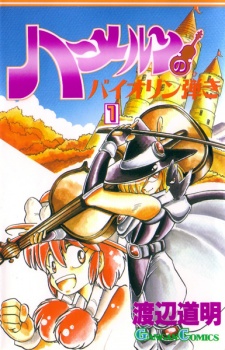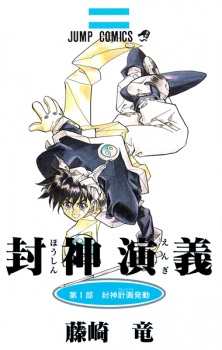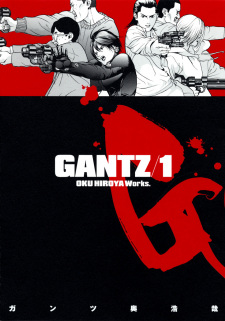Jan 19, 2023
Normally, I would discuss the artistic value of a work, but the historic value completely overshadows the relevancy of the narrative. One of the most important yet unknown mangas in classic canon. While many will point to Sanpei Shirato's 1960s Sasuke and Legend of Kamui as the basis for the modern ninja canon, there has always been a striking difference between the traditional Ninja-Chanbara manga, laced with political messaging, like Sanpei Shirato's found in similar works such as Ruroni Kenshin or Blade of the Immortal. While those noted works are certainly important, it's undeniable that when one thinks "ninja" these days it's hard not to
...
point straight to Naruto. While on the surface one might find more similarities to Sanpei Shirato's works, with ninja like Sasuke being shared between manga, there has always been a technology/cyberpunk bend in Kishimoto (and his brother's) works. While the former Kenshin and Immortal were influential on Kishimoto, he has more notably cited Ninku, another ninja manga from the 90s with some impressive parallels to Naruto matched only by a work like Hunter x Hunter. Unlike the former, and Shirato's works, Ninku is filled with modern aspects such as jeans, ball caps, and modern weaponry such as guns, or tanks. The pseudo Legend of the Galactic Heroes character designs end up giving it a weird fantasy bend not found in regular Chanbara works.
While it is easy to point to Kishimoto's own Cyberpunk favorites like Akira, Ghost in the Shell, or even Gundam as influencing his tonal and stylistic uniqueness from other Shonen mangaka, it's unavoidable to note that his brother Seishi is equally integrated in this style both having hemmed neo-futuristic sci-fi works as well as authoring a direct ninja manga based on the Tenchu series. This points to something deeper in all the mentioned works, as Tenchu is a science-fiction ninja series with futuristic elements. Certainly both brothers grew up on Shirato, but where did this sci-fi bend inside their chanbara series come from? To further the point, without spoiling Boruto, Kishimoto's follow up to Naruto was not actually Boruto but a lesser read manga called Samurai 8: The Tale of Hachimaru. "Samurai" being a bit of a misnomer, as the plot are cyberized late-stage naruto level sword fighters with a variety of powers and abilities. The name "Hachi" meaning 8, and "Maru" being eerily similar to Shishimaru.
Since i've been burying the lead, and this review is for Kuro No Shishi, it's obvious that I'm referring to this manga as the lost link for Naruto's stylistic origin. While Akira is undeniable on Kishimoto's psyche, Hunter x Hunter pioneered much of the plot, and Ninku helped give Kishimoto naruto's coat of paint, all three of those works and authors are rooted in Go Nagai, in some shape or form. Whether it's Akira's psychic powers coming from Nagai, or Yusuke's entire punk attitude, and demonic background, being lifted from Devilman, or what is now clearly Ninku's future-scifi ninja world Go Nagai is the pioneer of Shonen, and the Shonen genre. He did not invent the genre, but he birthed what it has become today. Sure you can mix Ashita no Joe in there, it's critical, but when people say "Jojo did it first" they should be saying "Go and Jo" did it first.
Reviewer’s Rating: 8
What did you think of this review?
Nice
 0
0
Love it
 0
0
Funny
 0
0
Confusing
 0
0
Well-written
 0
0
Creative
 0
0Show all

























